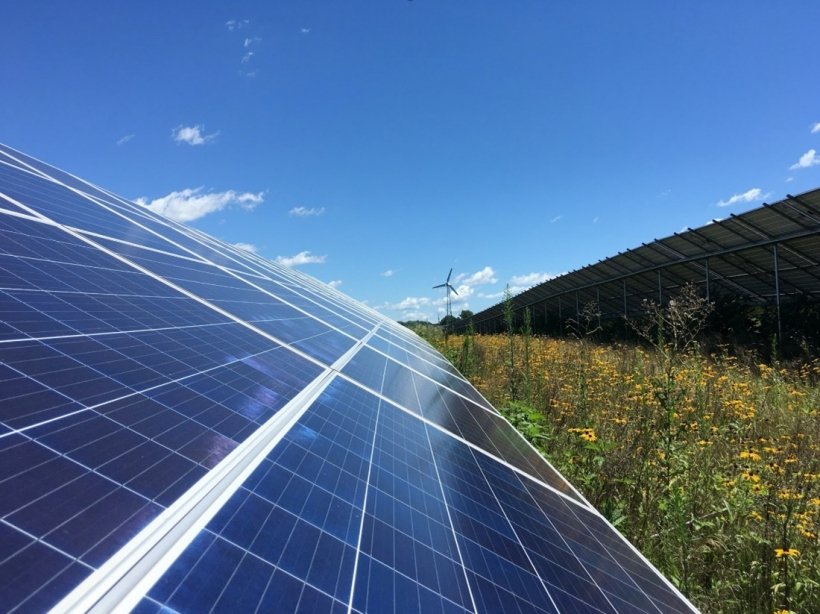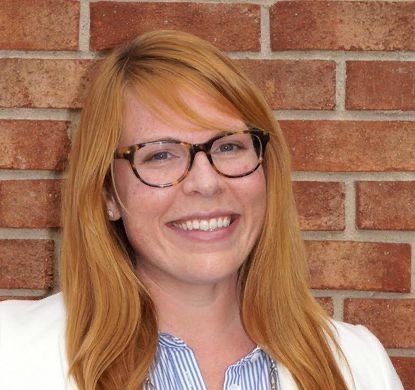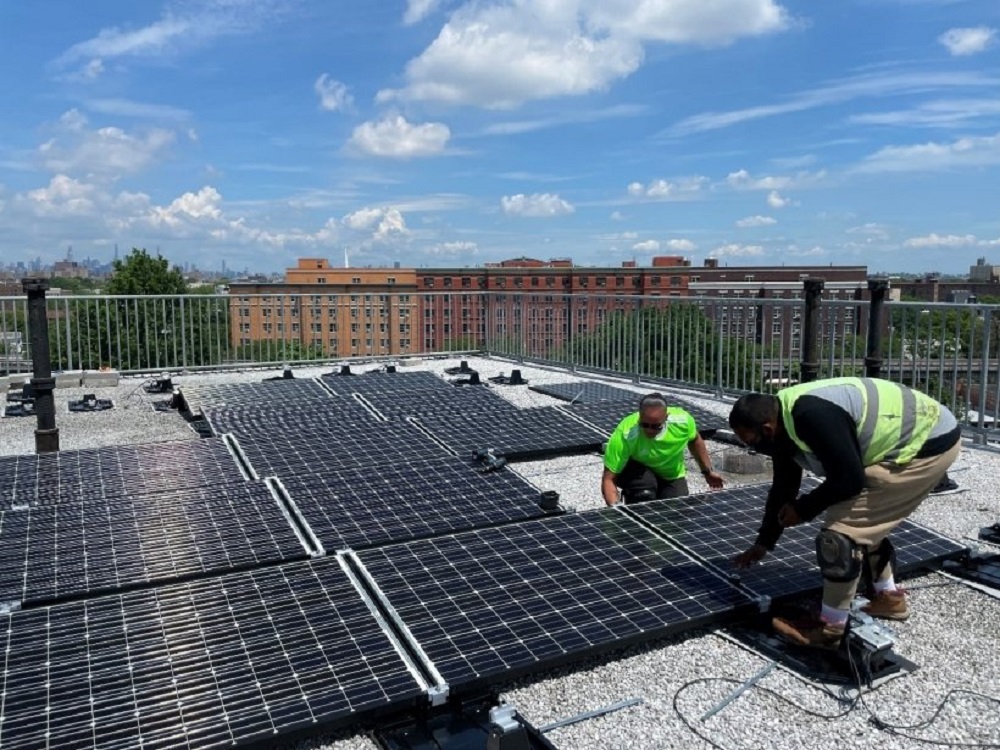Community solar projects can enable more people to access the benefits of clean energy by allowing anyone to take part in a local solar project regardless of whether they can, or want to, put solar panels on their own roofs. Community Solar can deliver particularly meaningful benefits to the communities they serve, such as providing bill savings (especially to low-income households), increasing community resilience to grid outages, creating jobs, and building community wealth.
Through the Sunny Awards for Equitable Community Solar, the U.S. Department of Energy (DOE) is recognizing organizations that are unlocking the full potential of community solar and sharing best practices to help others more readily adopt this innovative solar model. This year, DOE recognized five organizations that exemplify the benefits that community solar can bring with $10,000 grand prizes, and recently launched a new round of the prize.
Among this year’s winners, these five organizations each take a unique approach to save a combined total of $4.3 million on their subscribers’ energy bills. Here’s how they’re bringing the benefits of clean energy to their communities:
In Shungnak and Kobuk, Alaska, the Shungnak-Kobuk Community Solar Independent Power Producer (IPP) project, a solar-battery microgrid project located, is owned by two local tribes. It provides every household in these communities with renewable power and increases resilience to diesel fuel cost fluctuations.
The project includes a 223 kW solar array and a battery, allowing the communities’ diesel generators to turn off for an average of eight to ten hours per day during the daylight season. The battery storage also stabilizes the local grid in the event of any generator failures and can power the community for up to 2 hours. Excess funds generated by the sale of electricity from the solar array will be used to help households lower their energy bills through energy-efficient home upgrades.
The project is the first of its kind operating above the Arctic Circle in Alaska. The Northwest Arctic Borough plans to have all 11 communities in their jurisdiction develop independent power producers within five years.
In Washington, D.C., the District of Columbia’s (D.C.) Solar for All program provides no-cost community solar subscriptions to low- to moderate-income (LMI) households, saving them an average of $520 per year. It currently includes over 160 community solar projects that serve more than 6,000 LMI households in D.C., with a goal of reducing electricity bills by 50% for 100,000 LMI households by 2032.
This program, led by the D.C. Department of Energy and Environment and the D.C. Sustainable Energy Utility, provides a capacity-based incentive to community solar developers. This incentive, coupled with federal tax benefits and Solar Renewable Energy Certificates (SRECs), helps cover the cost of developing, constructing, operating, and maintaining each project.
D.C. Solar for All partners with Groundswell, a non-profit, which leads in-person community events. Many of the solar projects are built on community buildings such as churches and multi-family housing. D.C. Solar For All also partners with the DC Sustainable Energy Utility on a workforce development program that helps to connect DC residents with a five-month paid externship and provides skills development, on-the-job training and experience, OSHA training, certifications, mentoring, and job placement assistance.
In Brooklyn, N.Y., the Community Power project is a 1.2 MW project that delivers 20% guaranteed electricity bill savings to 500 LMI households. Two local organizations, WE ACT for Environmental Justice and the Brooklyn Movement Center, engaged residents and community members through a neighborhood-based approach. These community-based organizations worked in multiple languages with community boards, tenant associations, affordable housing and social service providers, and elected officials to build trust in and awareness of the opportunity for households to subscribe to this project.
The project also provided workforce training led by Solar One and Green City Force that led to full-time jobs with solar installers for several public housing residents. All the subscribers to this project also become members of the NYC Community Energy Co-op, giving them a controlling stake in future energy projects and the opportunity to become member-owners of the solar array that serves their community.
In Faribault, Minn., the Faribault Community Solar project is a community solar project developed by Cooperative Energy Futures under the Xcel Energy Solar Rewards Community program. All subscribers to the project are member-owners of Cooperative Energy Futures. They receive an annual share in the Cooperative’s profits through dividends and equity and have voting rights in key Cooperative decisions. This community ownership model helps households build wealth and have decision-making authority in the clean energy future of their communities.

Image: DOE
The project provides bill savings to 77 subscribers, about half of which are LMI households. Cooperative Energy Futures does not require income or credit verification for subscribers, as verification paperwork requirements can create barriers to enrollment. The project provides assurance to lenders and tax equity investors using an innovative back-up subscriber model in which a large local organization–called an anchor tenant–agrees to accept additional project capacity as a stop gap measure in case of vacancy or default by residents.
The project was constructed by a local, minority-owned installer that is committed to fair wages and providing workforce training through an electrician apprenticeship program.
In Ashland, Mass., the JOE-4-SUN Ashland project is a 6 MW low-income community solar project located on a federal superfund site. The project serves over 500 LMI households. It provides a guaranteed 50% savings on bill credits to participating households, amounting to savings of more than $400 per year per household.
This project leverages the Solar Massachusetts Renewable Target (SMART) program, which promotes solar development in the Commonwealth of Massachusetts.
The project developer and owner, Citizens Energy, prioritizes making enrollment as easy as possible for households – never requiring a credit check and avoiding any sign up or cancellation fees. This project used entirely union labor, supporting good-paying jobs with livable wages and benefits. It also demonstrated innovative siting practices by locating the project on a superfund site once home to the Nyanza Chemical Waste Dump.
Each of these Sunny-award-winning projects demonstrates how community solar can provide meaningful benefits to the communities they serve and ensure the clean energy transition unfolds equitably. The Sunny Awards are run by the DOE National Community Solar Partnership, a coalition of stakeholders working to expand access to affordable community solar to every U.S. household and enable communities to realize meaningful benefits.
To learn more about the meaningful benefits of community solar, check out DOE’s webinar series, Building with Benefits: Meaningful Benefits as a Foundation for Equitable Community Solar. Register here for the upcoming July 12 webinar.

Nicole Steele is senior advisor for equity and workforce, Department of Energy Solar Energy Technologies Office.
The views and opinions expressed in this article are the author’s own, and do not necessarily reflect those held by pv magazine.
This content is protected by copyright and may not be reused. If you want to cooperate with us and would like to reuse some of our content, please contact: editors@pv-magazine.com.








By submitting this form you agree to pv magazine using your data for the purposes of publishing your comment.
Your personal data will only be disclosed or otherwise transmitted to third parties for the purposes of spam filtering or if this is necessary for technical maintenance of the website. Any other transfer to third parties will not take place unless this is justified on the basis of applicable data protection regulations or if pv magazine is legally obliged to do so.
You may revoke this consent at any time with effect for the future, in which case your personal data will be deleted immediately. Otherwise, your data will be deleted if pv magazine has processed your request or the purpose of data storage is fulfilled.
Further information on data privacy can be found in our Data Protection Policy.